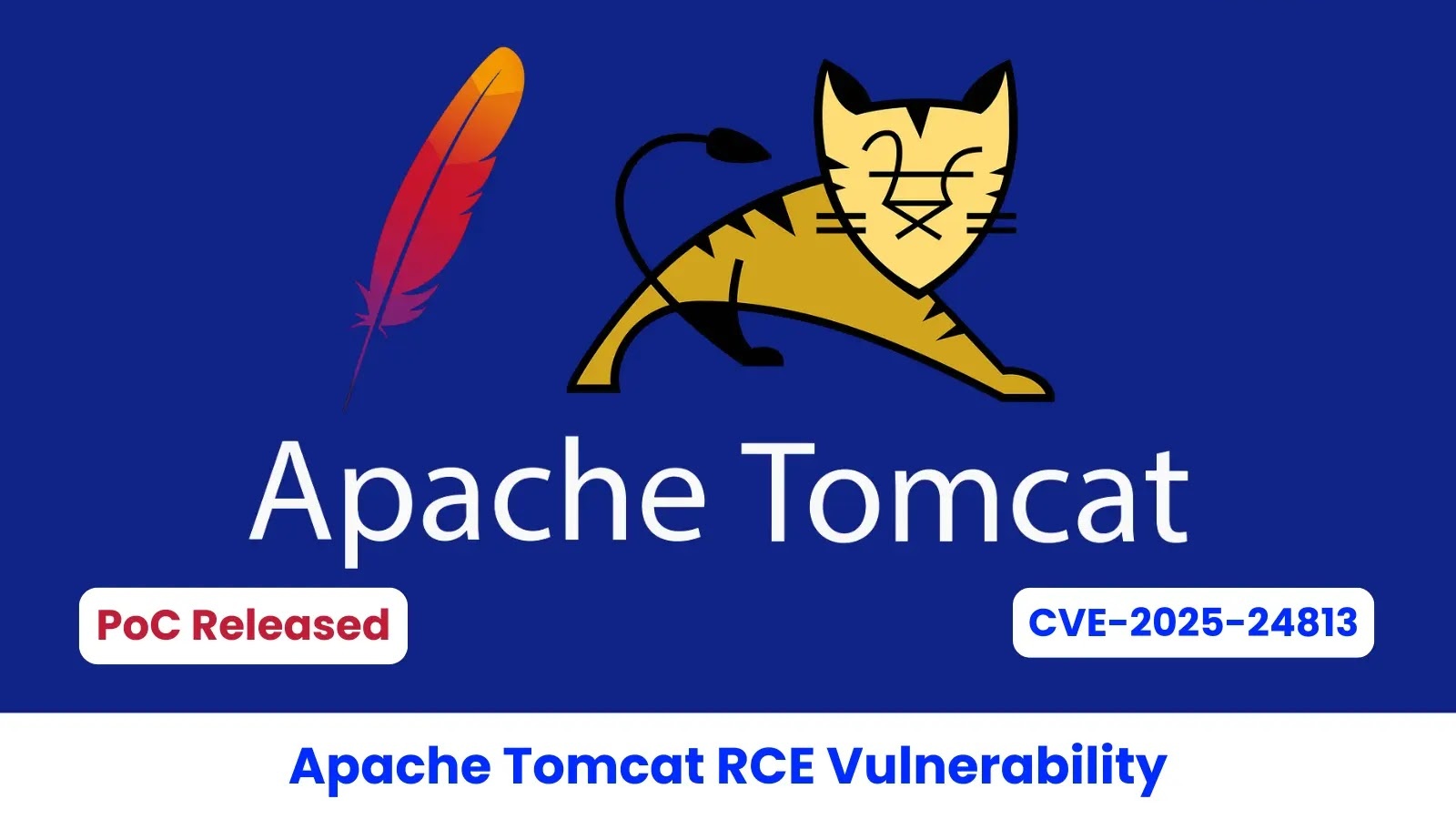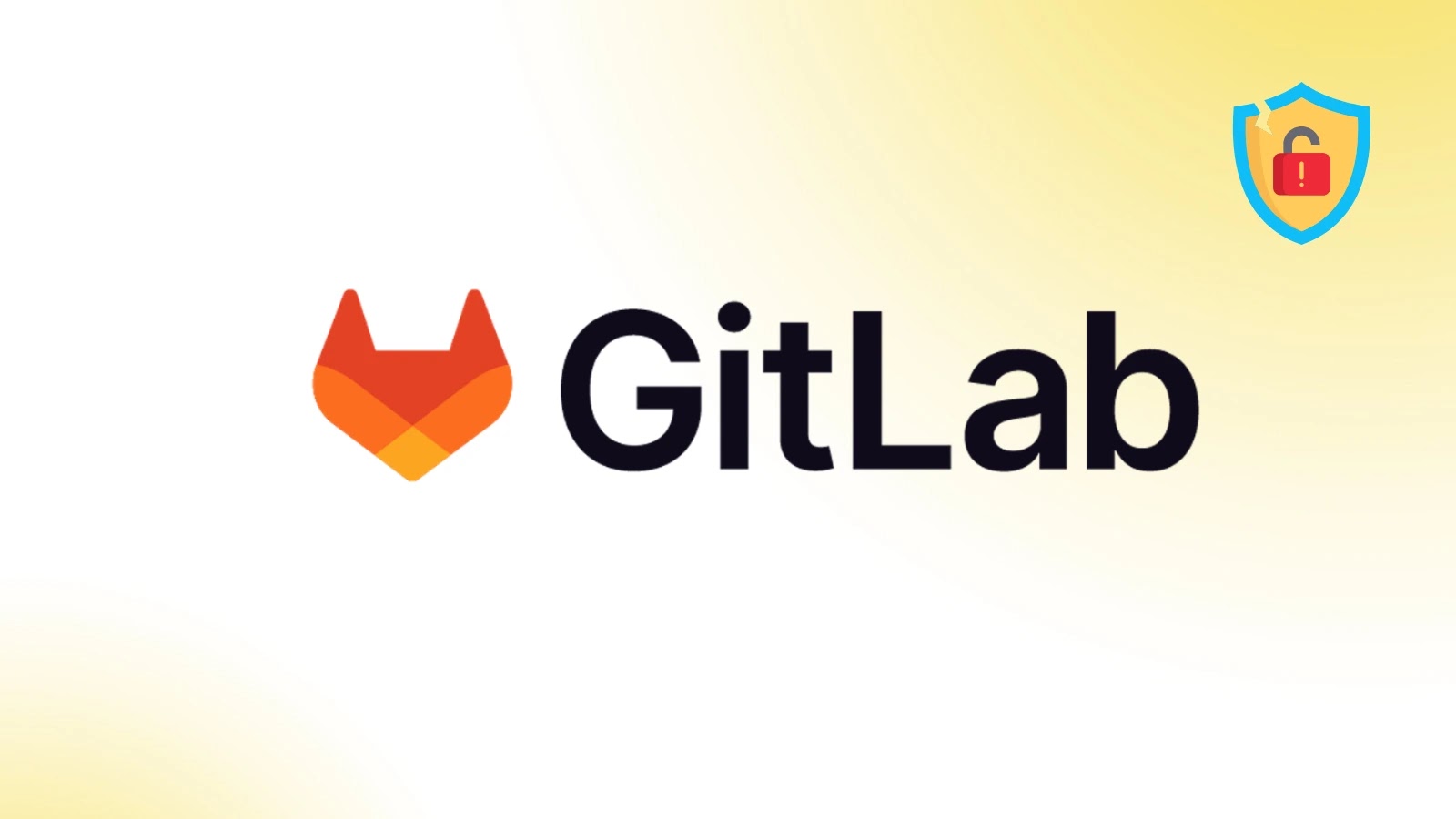In a landmark case highlighting the severe risks posed by insider threats, 55-year-old Chinese national Davis Lu has been sentenced to four years in federal prison for orchestrating a sophisticated cyberattack against his former employer’s global network infrastructure. Lu, who served as a software developer at the Beachwood, Ohio-based company from 2007 to 2019, exploited his privileged access to deploy destructive malware that disrupted operations for thousands of users worldwide.
Key Takeaways:
1. Sentencing and Charges: Lu received a 48-month prison sentence for deploying malicious code, including infinite loops, scripts, and a global kill switch, designed to cripple the company’s network upon his termination.
2. Malware Deployment: He utilized malware named Hakai (Japanese for destruction) and HunShui (Chinese for lethargy) to execute his attack, incorporating data-wiping techniques to thwart recovery efforts.
3. Insider Threat Implications: The case underscores the critical need for stringent access controls and monitoring to mitigate the risks associated with malicious insiders possessing technical expertise.
The Kill Switch Hack:
Lu’s attack methodology was multifaceted and designed to maximize disruption while evading detection. Leveraging his in-depth knowledge of the company’s systems, he embedded malicious code that activated at strategic intervals.
Infinite Loop Constructs:
One of the primary techniques involved deploying infinite loop constructs within the company’s servers. These loops consumed system resources until the servers crashed or became unresponsive, effectively creating a distributed denial-of-service (DDoS) condition from within the network perimeter.
Active Directory Manipulation:
Lu systematically inserted code aimed at deleting user profiles from the company’s Active Directory (AD) infrastructure. By targeting this centralized authentication system, he disrupted user access across the enterprise network, leading to widespread operational issues.
Implementation of a Kill Switch:
The most notable aspect of Lu’s attack was the implementation of a kill switch mechanism he named IsDLEnabledinAD. This recursive query continuously checked whether his user account remained active in the AD domain. Upon his termination, the deactivation of his credentials triggered the kill switch, resulting in widespread system lockouts. This demonstrated an advanced understanding of conditional execution logic and persistent threat deployment.
Psychological Warfare Through Malware Naming:
Lu’s choice of malware names, Hakai and HunShui, revealed a deliberate psychological warfare element. By selecting terms meaning destruction and lethargy, he aimed to instill a sense of dread and helplessness among the company’s IT staff and users. This semantic approach indicates sophisticated threat actor methodologies typically associated with nation-state campaigns.
Anti-Forensic Countermeasures:
Prior to his termination, Lu executed comprehensive anti-forensic countermeasures to cover his tracks. These included encrypted data deletion and the deployment of commands designed to prevent digital forensic tools from reconstructing his activities. His browser history revealed research into privilege escalation techniques, process hiding mechanisms, and secure file deletion methods, indicating premeditated obstruction of incident response efforts.
Global Impact of the Attack:
The activation of the kill switch on September 9, 2019, coinciding with the deactivation of Lu’s credentials, had an immediate global impact. Thousands of users across the company’s international operations experienced system lockouts and operational disruptions. The attack’s success highlighted critical vulnerabilities in privileged access management (PAM) systems and underscored the importance of implementing zero-trust architecture principles to mitigate insider threats.
Legal Proceedings and Broader Implications:
The prosecution of Lu by the Computer Crime and Intellectual Property Section (CCIPS) represents ongoing federal efforts to combat cybercrime. Since 2020, CCIPS has secured over 180 convictions and recovered more than $350 million in victim funds. This case serves as a stark reminder of the evolving landscape of insider threats, where technical knowledge can be weaponized against employers.
Lessons for Organizations:
Organizations must recognize the potential dangers posed by employees with elevated access privileges. Implementing robust monitoring systems, conducting regular audits, and fostering a culture of security awareness are essential steps in mitigating the risks associated with insider threats. Additionally, adopting zero-trust principles, where trust is never assumed and verification is required from everyone attempting to access resources, can further enhance security postures.
Conclusion:
The sentencing of Davis Lu underscores the critical importance of safeguarding against insider threats. As cyber threats continue to evolve, organizations must remain vigilant and proactive in implementing comprehensive security measures to protect their networks and data from both external and internal adversaries.



